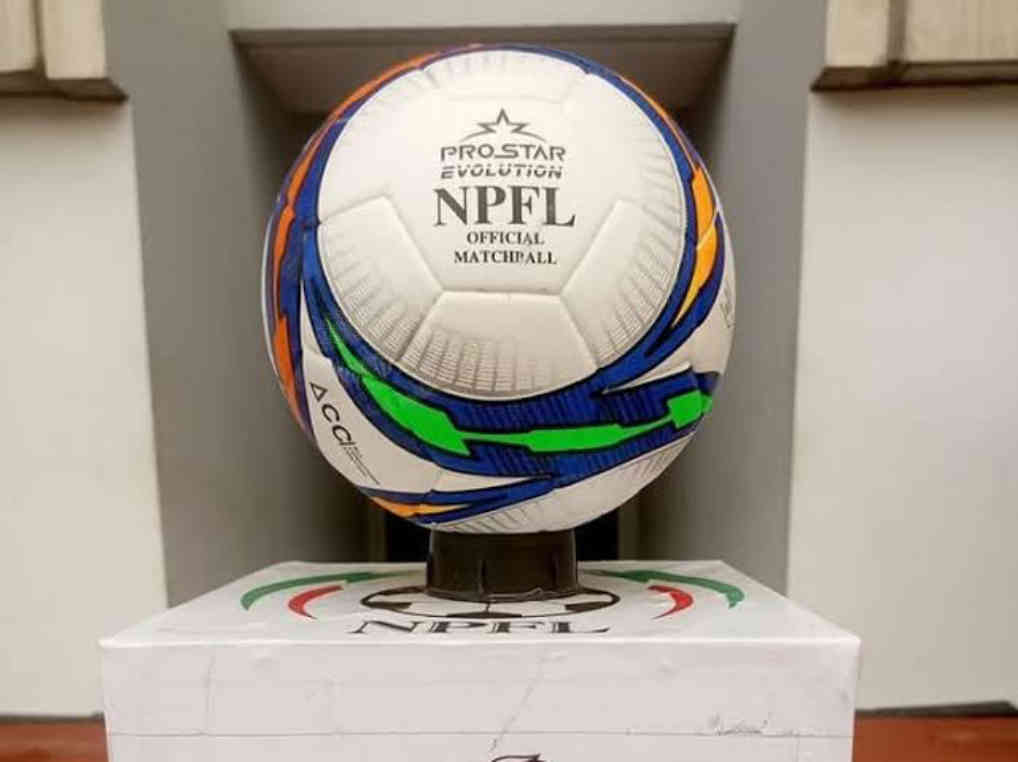The Nigeria Premier Football League (NPFL) has witnessed tremendous exposure over the years due to its structure and others, which have stayed consistent.
Despite the flaws of the League, the governing body has made sure it has a consistent pattern and overall management structure, which keeps things going.
The NPFL is Nigeria’s top-flight men’s football competition. It is sanctioned by the Nigeria Football Federation (NFF) and administered by the Nigeria Premier League Ltd/Gte (NPFL).
The competition is the pinnacle of the domestic pyramid above the Nigeria National League (NNL), where teams fight to gain promotion to top flight football.
The structure and other aspects of the League have been made simple and plain over decades of its existence, which have seen numerous clubs come and go.
Table of Contents
League Size, Format, And Season Calendar
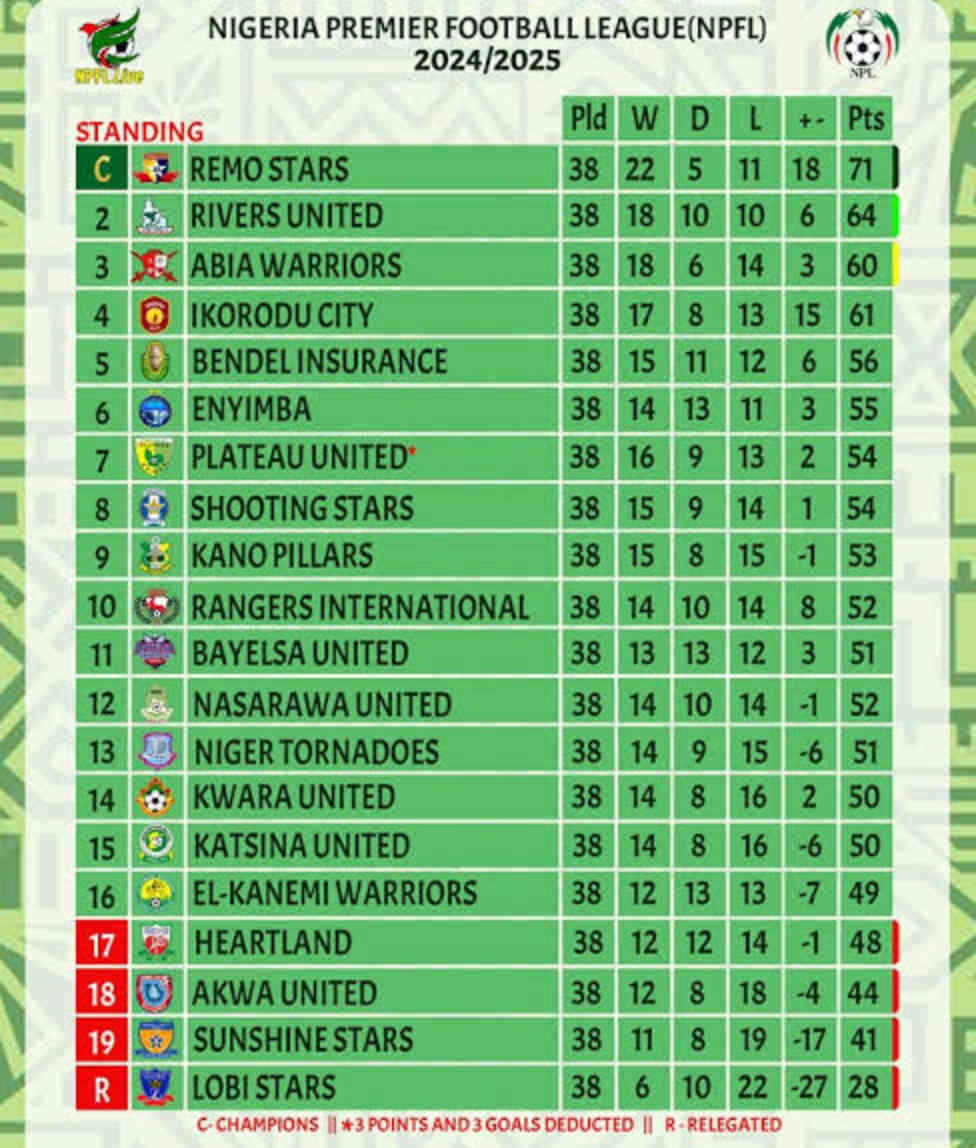
The NPFL has ensured they stick to the same pattern, which many fans are already familiar with and know the basics needed to be known.
The League structure have been in place for decades with new changes being announced earlier before they come to place.
There hasn’t been much of any changes over the decades like some other Leagues who decides to adopt something new to improve or reduced.
The NPFL have been made simple with 20 teams play each season with some gets CAF ticket and others get relegated while the remaining earn other tickets available.
The League system is similar to a lot of other including Europe which a winner is crown end of the season for making top above every other teams.
Number Of Clubs
Twenty teams contest the NPFL each season. These 20 teams occupy the available spot on the table and play to see themselves finish well with CAF and other tickets available.
Teams can either win the League, qualify for CAF Competition or get relegated to the lower division. It is simple and plain while other competition are also available to fight for by all teams.
Format
The standard format is a classic double round-robin league, with each club playing every other club home and away.
It is 38 matches per team and 380 matches overall in all games that are played every season. The League awards 3 points for a win, 1 for a draw, and 0 for a loss.
Where teams finish level on points, the official NPFL Framework and Rules outline the tiebreakers, which include head-to-head record, goal difference, and goals scored.
However, on rare occasions, if teams remain inseparable, a playoff on neutral ground can be ordered, which will then see a winner being picked.
Calendar
Recent seasons have run from late August to May, aligning the NPFL more closely with many global leagues and CAF competition calendars.
The 2024/25 season ran from August 31, 2024, to May 25, 2025, before its conclusion, which saw Remo Stars being crowned as winners.
Champions & Continental Tickets
The league champions and runners-up are typically Nigeria’s CAF Champions League representatives, while additional continental places for the CAF Confederation Cup are picked.
The representatives as the Champions and runner-up are filled for other CAF competitions based on league position and/or domestic cup winners, as indicated by season regulations.
Promotion And Relegation: How Clubs Move Between NPFL and NNL
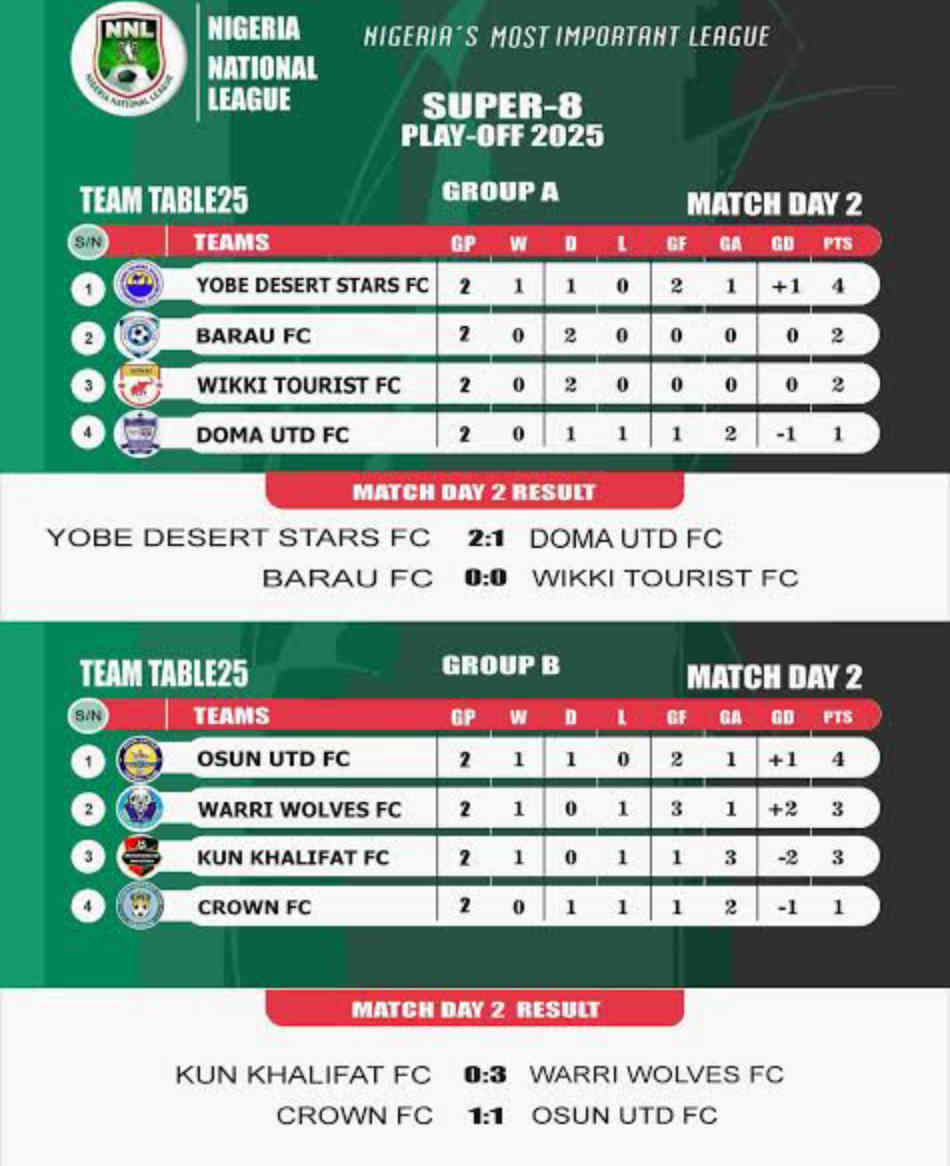
There is also a good setup which have proved productive over decades concerning how teams get promoted and relegated between the NPFL and NNL.
It is a simple format which is used by some many Leagues including some in Europe to determine which team will be making the move down to the lower division.
Relegation From NPFL
At the end of each season, four clubs are relegated from the NPFL to the Nigeria National League (NNL) where they will play for the new season.
While in return of some getting relegated, other four from the NNL get to make the move up to NPFL based on how they finished their season.
It keeps the top division at 20 teams and creates space for four promoted clubs. For example, four clubs dropped at the end of 2024/25, giving space for four from NNL.
Promotion To NPFL
The NNL determines four promoted teams via its end-of-season Super 8 playoffs. The eight qualifiers, which consist of four from the Northern zone and four from the Southern zone, compete for NPFL slots, which are two from each zone.
This Super 8 format is confirmed annually by the NNL and event hosts who made the whole setup to ensure competitiveness from lower teams fighting for an NPFL spot.
Below The NNL
The NNL relegates multiple clubs to the Nationwide League (NLO) each year while keeping the pyramid flowing with more teams coming in for 12 years.
Those who are below the NNL also play their games to try and regain promotion before thinking about climbing back to the NPFL.
Why Relegation And Promotion Structure Matters
The promotion-relegation structure incentivizes investment and standards across the pyramid and ensures a national competitive footprint from Maiduguri to Port Harcourt.
It also ensures the NPFL is seen as a competitive top-flight League like others in African and globally who use the same structure.
Match Rules, Tiebreakers, And Discipline (What Decides The Table)
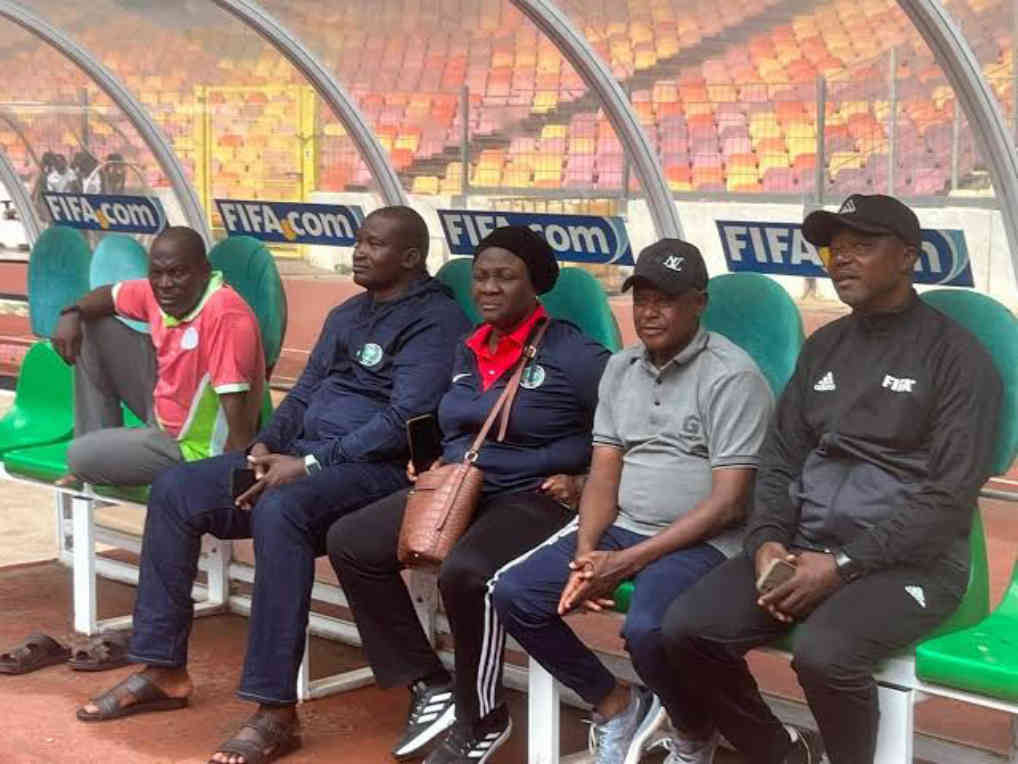
The NPFL’s official Framework & Rules detail key competition procedures that have been made available for all to have full information on how things are going.
These procedures are what help in ensuring there are appropriate measures put in place to ensure a fair winner at the end of the season, and also for those who get to drop.
Points System
Win = 3 points; Draw = 1; Loss = 0.
Tiebreakers
Head-to-head record, goal difference, goals scored. If still tied for pivotal places, a playoff at a neutral venue can be ordered.
Operational Matters
Player registration guidelines, match day operations, and disciplinary procedures are codified to standardize competition integrity across venues.
Prize Money and Financial Incentives

The League has increased prize money to sharpen competition and reward excellence. For 2024/25, the champions’ purse rose to ₦200,000,000 (up from ₦150,000,000 the season prior), signalling ongoing efforts to professionalize the financial side of the League.
Complementing prize money, commercial deals (sponsorship, broadcast, and streaming) help clubs with visibility, which in turn supports matchday revenues, merchandise sales, and player trading.
TV Rights, Sponsorship, And Where To Watch The NPFL
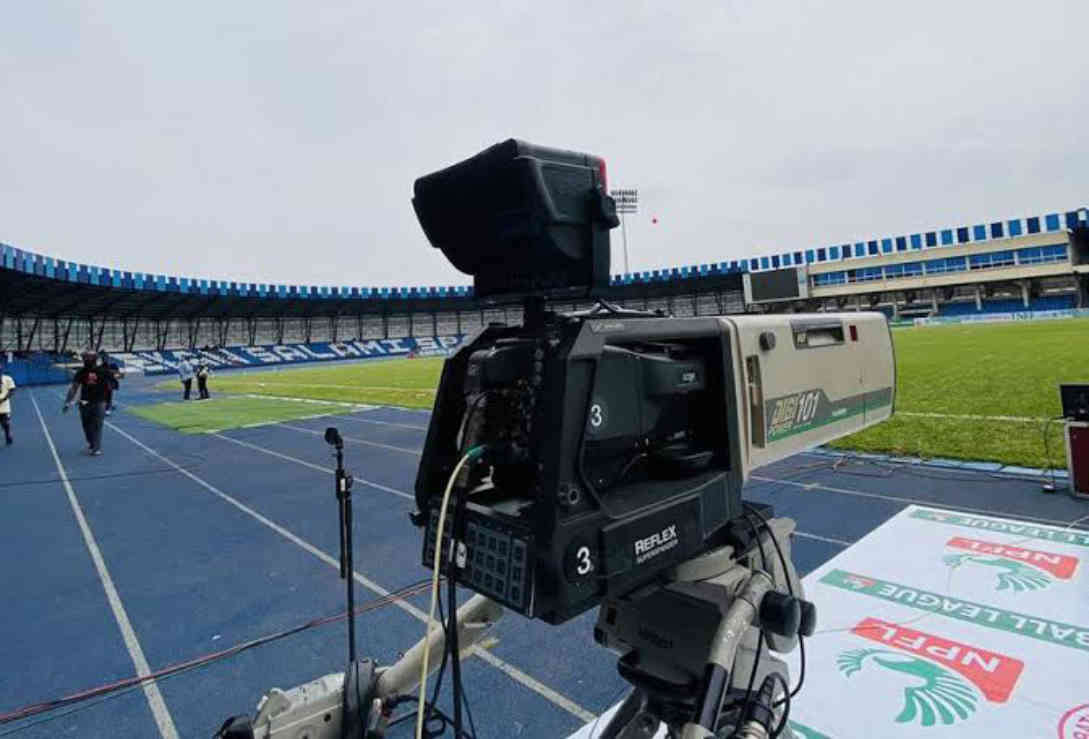
The League has been made available via different brands and companies that have the right to broadcast games live to fans who can’t come to the stadium to watch games.
The NPFL have a strong sponsorship deal with StarTimes which saw signed in 2023 for five years. The deal is worth over ₦5.03 billion over the five years.
In the first year which was the 2023/24, StarTimes paid ₦1.06 billion. Thereafter, the deal includes an increment of ₦50 million annually for the next four years.
Starting from November 18, 2023 the deal saw two matches per week televised as a test run. While from February 18, 2024, it increased to four matches per week (for the 2023/24 and 2024/25 seasons).
From the 2025/26 season onward which is the final three years of the contract, it will be eight matches per match-round. This sponsorship deals have also spread across bringing other platforms to help push the League visibility.
1. Linear TV: StarTimes
The NPFL returned to domestic live television through a rights agreement with StarTimes, ending a long gap without consistent TV coverage.
League leadership has repeatedly affirmed StarTimes as the broadcast partner after negotiations that followed “over six years” of no regular live TV.
2. Digital Streaming: NPFL-Live (Propel Sports Africa)
Alongside TV, the NPFL is now widely accessible via NPFL-Live, an OTT streaming service operated by Propel Sports Africa (PSA) in partnership with the League and GTI.
The streaming initiative launched with a multi-million-dollar package in 2023 and has since expanded its production capacity (AI-assisted cameras, trained operators, and commentators).
On several matchdays, PSA has streamed the vast majority of fixtures live to fans, who have also commended these actions that have been put in place to give the League more exposure.
Mobile Distribution
MTN Nigeria secured exclusive rights for NPFL streaming on mobile devices on its network, offering fans a low-cost way to watch matches on the go.
Where To Get The NPFL App
The NPFL-Live app is available on Google Play and other official platforms, which have been made available to fans.
Governance, Club Licensing, And Stadium Standards
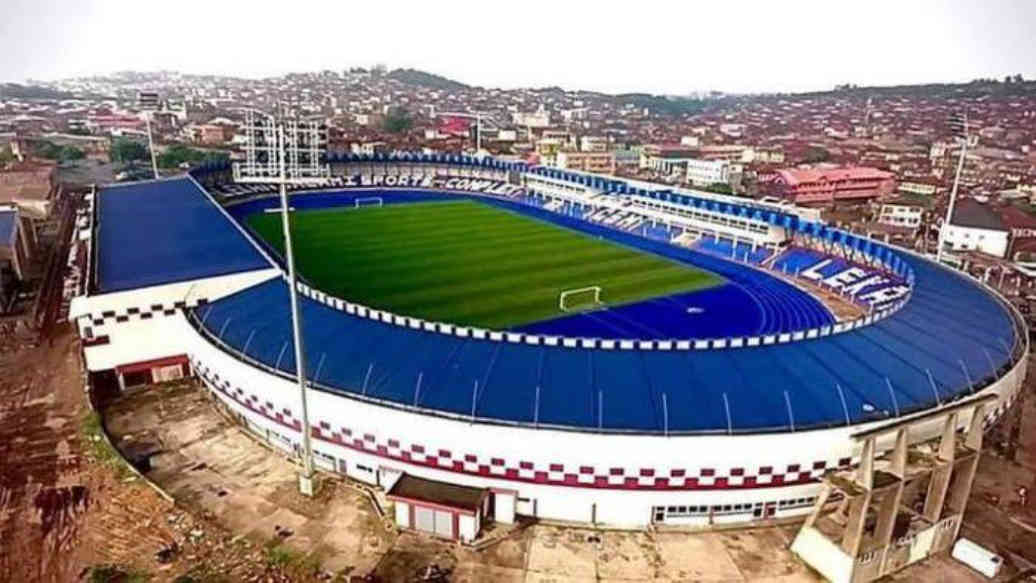
The NPFL operates under a licensing framework that requires clubs to meet minimum standards, which are made known to all teams.
The outlines are mandatory for clubs to meet or face some punishment, which could also see them removed from the NPFL.
Suitable home venues, safety and medical protocols, and administrative competence are essential for clubs taking part in the season.
The drive to professionalize operations, stadium upgrades, broadcast-ready facilities, and medical equipment has been part of league development for several years.
In recent seasons, some clubs have temporarily adopted alternative stadiums while their primary grounds are renovated as an approach used to maintain continuity as infrastructure improves.
Club-by-club arrangements are announced each season by the League, and clubs that are looking to make a deal with each other either to use stadiums or other facilities.
Continental Qualification Pathways
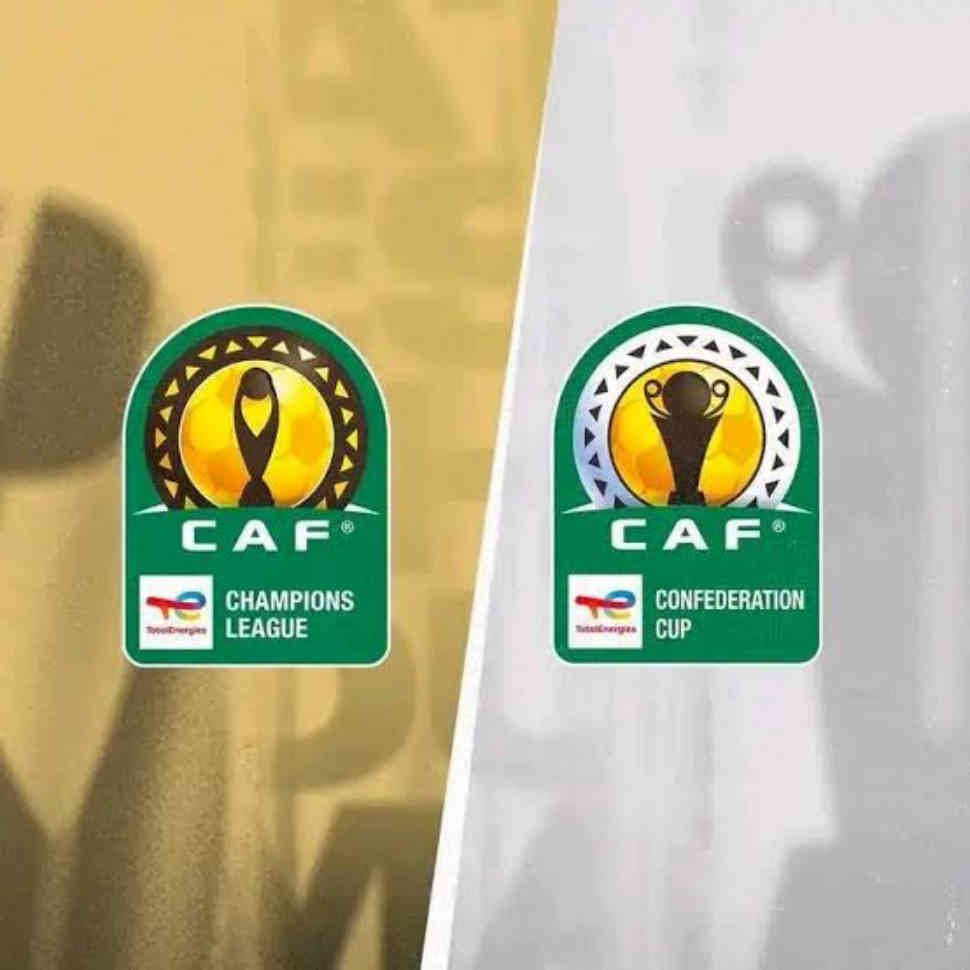
Qualifications for CAF competitions and others have been made easy through the Performance, Cup, and League winners end of the season.
CAF Champions League
NPFL champions and runners-up typically qualify for the competition, where they begin by playing a qualification round.
CAF Confederation Cup
Usually, the Federation Cup (domestic cup) winner and/or the next eligible league finisher qualify, subject to current CAF slots allotted to Nigeria and season regulations.
Clubs must also meet CAF licensing requirements to register, which encourages year-round professionalism in finance, infrastructure, and youth development.
The Role Of The NNL (Second Tier) And The Super 8
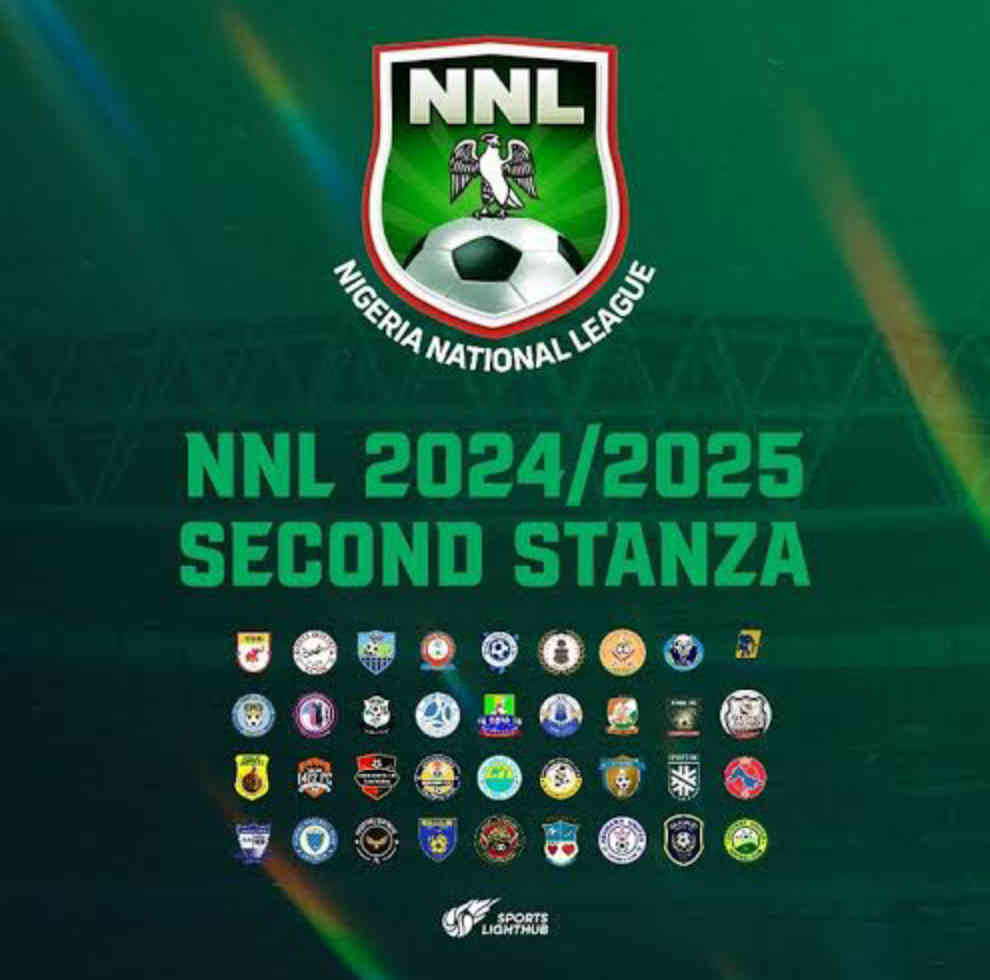
The Nigeria National League (NNL) is the second tier and the crucial feeder to the NPFL’s Super 8 playoffs, typically split into North and South, which determine the four clubs that rise into the top flight each year (two from each zone).
The NNL also relegates a significant number of teams to the Nationwide League (NLO), maintaining a competitive pyramid for each season.
This structure keeps the league ecosystem dynamic and ensures representation from all parts of the country.
NPFL Transfer Window And Policy

The Nigeria Premier Football League (NPFL) has grown into a more professional and regulated competition, and one of the key aspects of its operation is the transfer window system.
Like in other major leagues across the world, the NPFL transfer window defines when clubs can buy, sell, or loan players, ensuring transparency and order in squad building.
We have put together a full explanation of how the NPFL transfer window works and the policies guiding it, which shape how the League is being operated.
What Is The NPFL Transfer Window?
The transfer window is the official period in which NPFL clubs are allowed to register new players, either from within Nigeria or from abroad.
It ensures that all teams operate under the same rules when strengthening their squads ahead of the new season or midway through it.
The NPFL, in line with the Nigeria Football Federation (NFF) and FIFA regulations, operates two transfer windows each season:
1. Primary Transfer Window
This transfer window opens before the start of the new season, usually between July and September. It is when most clubs make big signings to prepare their squads for the upcoming campaign.
Players can move from one NPFL club to another, or from foreign clubs into the NPFL, and anywhere they wish to move.
2. Mid-Season Transfer Window
Opens in January and lasts for a few weeks. This window allows clubs to fix weak areas, replace injured players, or loan players in and out.
Key NPFL Transfer Policies
Numerous policies have been made available to ensure all teams follow due process and to ensure ensure fairness.
1. Domestic Transfers
When a player moves from one NPFL club to another, if the player is under contract, the new club must agree on a transfer fee with the old club.
If the player is a free agent (contract expired), he can sign without a transfer fee. The selling club must issue a clearance letter, and the NPFL must register the player before he becomes eligible to play.
2. International Transfers
For moves between the NPFL and foreign clubs, the process goes through FIFA’s Transfer Matching System (TMS).
An International Transfer Certificate (ITC) must be issued by the Nigeria Football Federation (NFF) before the player can be registered. Outgoing players moving abroad also require clearance through TMS.
3. Loans
NPFL clubs can loan players to each other or to foreign clubs. Loan terms, such as duration, salary sharing, or buy-option clauses, must be registered officially.
4. Free Transfers
Players whose contracts have expired are free to sign with any club without a transfer fee. They still need to be registered within the transfer window (unless league policy allows otherwise).
5. Youth Development and Training Compensation
When a young player (under 23) trained by an NPFL club moves abroad, that club is entitled to training compensation or solidarity payments under FIFA rules.
This policy ensures that grassroots clubs benefit when their academy graduates succeed internationally.
6. Restrictions
1. Squad Size: Clubs are limited in the number of players they can register (commonly around 30 senior players plus youth players).
2. Foreign Player Quota: The NPFL limits the number of non-Nigerian players a club can sign to maintain opportunities for local talent.
3. Registration Deadlines: All documents, including contracts, clearance letters, and ITCs, must be submitted before the window closes.
With all being said, the NPFL has a great structure that has been in place to ensure everything concerning the League is done professionally.
The Nigeria Premier Football League is a fully operational and professional league with its structure, which helps put things in perspective.

